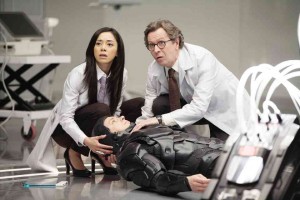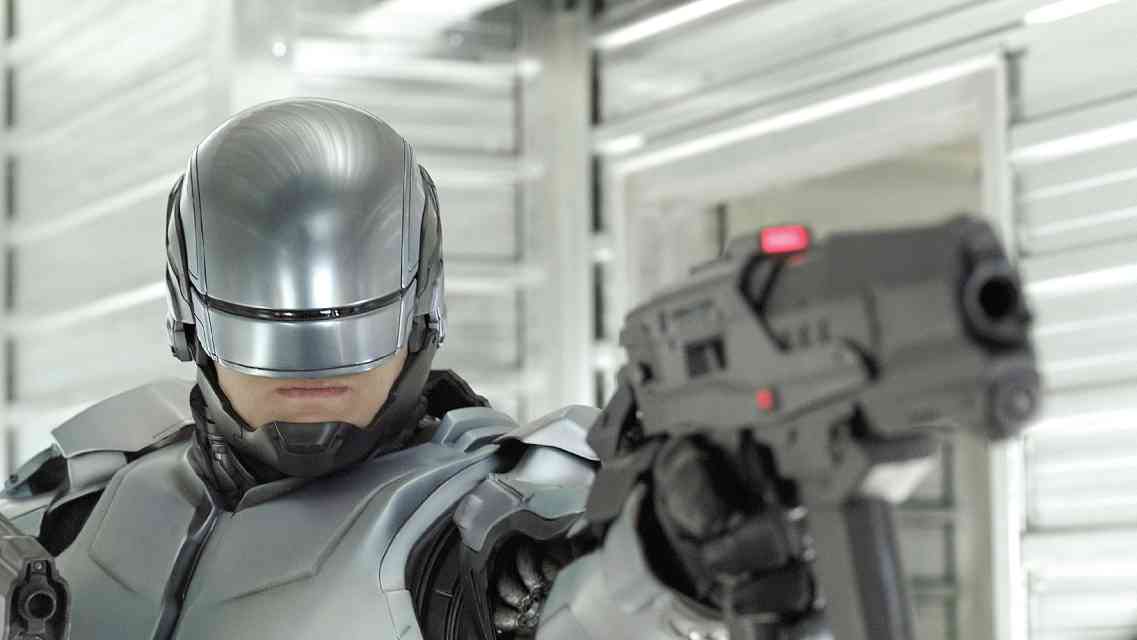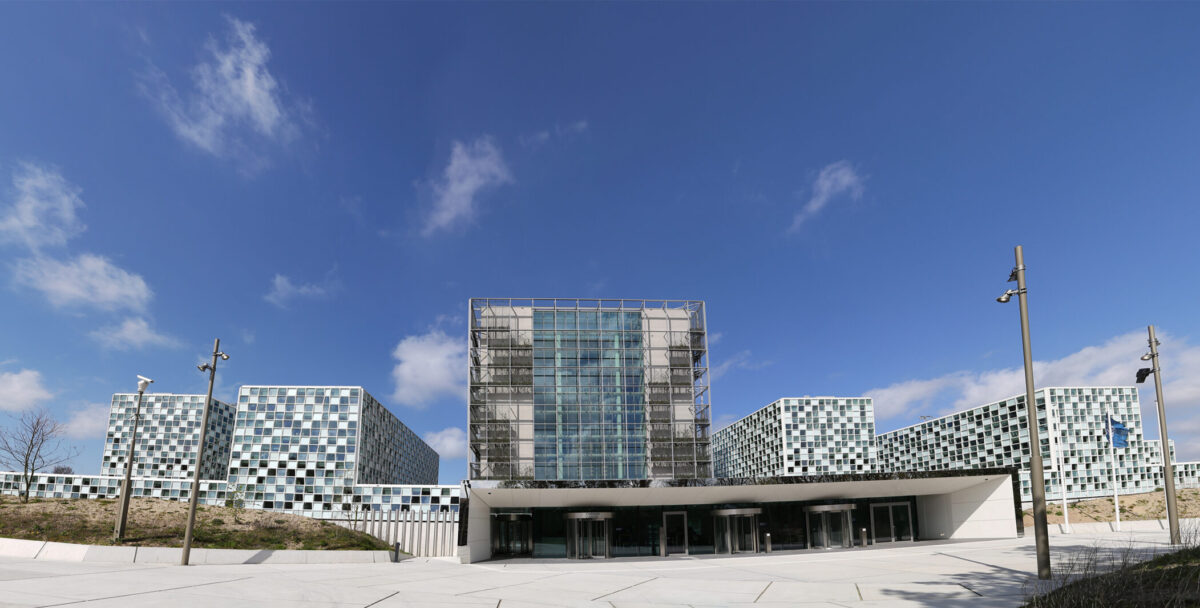
 In 2028 Detroit, after a cop was maimed and mangled in a line of duty, a multinational conglomerate called OmniCorp sees an opportunity to test their prototype on the victim to turn him into part-man, part-robot crime-fighter.
In 2028 Detroit, after a cop was maimed and mangled in a line of duty, a multinational conglomerate called OmniCorp sees an opportunity to test their prototype on the victim to turn him into part-man, part-robot crime-fighter.
A remake of the 1987 “RoboCop” film, the 2014 version brings in a sleeker costume design to show the protagonist’s evolution, although still maintaining the original silver impression.
Directed by José Padilha and written by Joshua Zeturner, “RoboCop” promises to bring the film “closer to science than to fiction.”
Padilha says the new movie is actually closer to reality, something which Paul Verhoeven (who directed the original) probably did not experience during his time and only daydreamed about.
“Verhoeven created an iconic character that embodied the philosophical concept that automated law enforcement could lead to fascism,” Padilha says. “Funnily enough, he did this in 1987, but now we are very close to this actually happening! If you open the newspaper everyday, you are going to end up reading about drones at least 20 times a year.”
Emotions intact
 Joel Kinnaman, star of the television series “The Killing,” plays Alex Murphy, who, unbeknownst to him, has been subjected to the project RoboCop.
Joel Kinnaman, star of the television series “The Killing,” plays Alex Murphy, who, unbeknownst to him, has been subjected to the project RoboCop.
“OmniCorp’s idea is that they need a man inside the machine, a man who makes the decisions so the corporation won’t be held liable if something goes wrong,” Kinnaman says. “They leave his emotions intact in social situations, but when facing a threat or when a crime is committed, the computer takes over. When they realize his emotions make the system vulnerable, they completely shut them off. But when Alex comes in contact with his family, his emotions find a way back and override the computer system. He starts making his own decisions again.”
Kinnaman says he was attracted to play the role of Alex Murphy after meeting with Padilha.
“[Padilha] described his vision—his philosophical and political ideas that could fit inside the concept of RoboCop,” Kinnaman says. “You could use that concept to talk about a lot of other interesting things. He wanted to make a fun action movie that discusses philosophical dilemmas that we will face in the very near future. And I wanted to be a part of that.”
Tip of the hat
Production designer Martin Whist, who designed the various iterations of RoboCop, says that even as they let their imagination run wild, there were proofs to back their research up.
“Every idea we had for something RoboCop could do, it turns out, somebody is researching it now, in real life,” Whist says. “For example, there are people out there right now in the lab who have sensors on their brains that allow them to move a robotic hand with their thoughts. We had this idea for a high-powered Taser gun—and it turns out that it’s being developed. Everything in the movie is based on reality.”
RoboCop himself has two separate and very different suits in the film.
“The first suit was intentionally a tip of the hat to the original film and the original design,” Whist says. “I wanted to stay with the coloration of the original design; the overall impression is silver, but, just like [what] they did in the first film, we used a technique where there were multiple colors in it: There are magentas and deep blues in it. It’s a little less sophisticated than the second suit, a little boxier, a little less agile, and that was intentional, to show the evolution from one RoboCop to the next.”
In the original “RoboCop,” the filmmakers used stop-motion animation for the ED-209. For the new film, the filmmakers naturally chose visual effects.
Opening Feb. 5, “RoboCop” is distributed by Columbia Pictures, local office of Sony Pictures Releasing International.














































